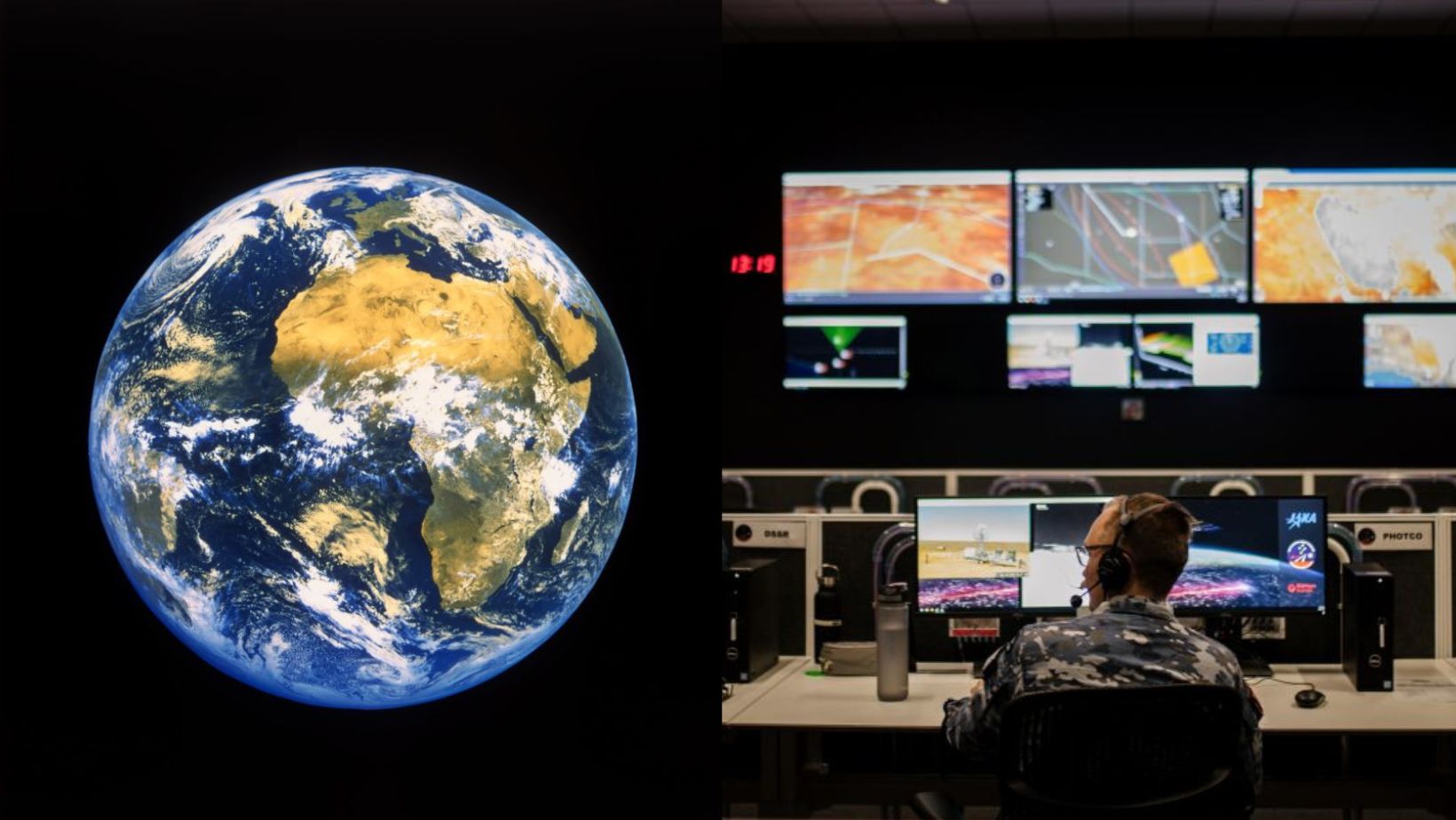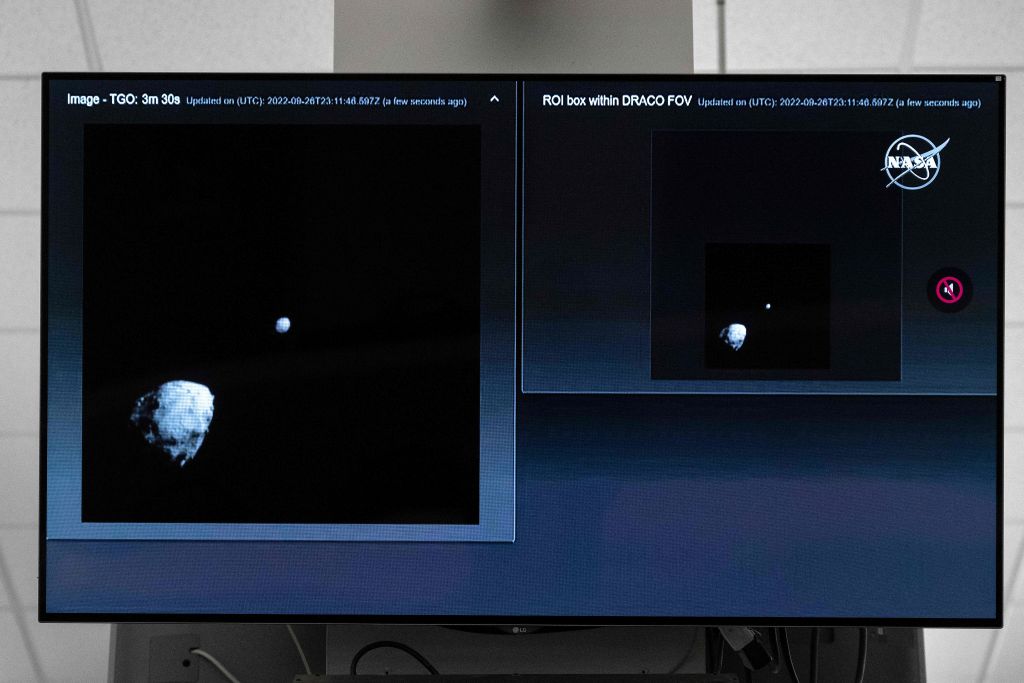
The asteroid 2024 YR4, with an estimated diameter between 40 and 100 meters, has a 2% chance of crashing into our planet in 2032, according to several experts.
Astronomers say not to worry

Astronomers say not to worry, but they are refining their observations of its trajectory.
The impact risk rarely exceeds 1%

The impact risk of an asteroid rarely exceeds the margin of 1%. Although low, the probability has therefore placed 2024 YR4 under close observation.
No immediate risk

«We are not facing a direct threat. We are not at any immediate risk. This is not an alert. This is not a crisis situation», declared Richard Moissl, head of the Planetary Defense Office of the European Space Agency (ESA), during an interview with CBC.
Collision Probability Fluctuations

Collision probabilities fluctuate with the analyses: the National Aeronautics and Space Administration (NASA) estimated the impact probability at about 1.6% on Tuesday, then at 1.9% on Wednesday. On Thursday, NASA assessed it at 2.3%, and ESA at 2.27%.
The gravity of planets and other celestial bodies

Various factors influence the trajectory, such as the gravity of planets and other celestial bodies.
Reaching zero after additional observations

The ESA emphasized that the probability of impact “often increases initially, then decreases rapidly to reach zero after additional observations.”
The size of a football field

2024 YR4 was detected on December 27, 2024, using a telescope from an observatory in Chile. The size of a football field, it travels at a speed approximately 15 times greater than that of a high-velocity bullet.
Twice the distance that separates us from the Moon

At the time of its discovery, it had just passed about 800,000 kilometers from our planet, which is twice the distance that separates us from the Moon. It is currently moving away from Earth, but will return in 2028.
A large possible impact area

According to experts, the impact could occur in a large area ranging from the east of the Pacific Ocean to the north of South America, passing through the Atlantic Ocean, Africa, the Arabian Sea, and South Asia.
The impact of the Tunguska meteorite in 1908

If 2024 YR4 were to hit the Earth, it would resemble the impact of the Tunguska meteorite in 1908. According to NASA, on June 30, 1908, a meteorite with an estimated diameter of about 40 meters exploded in the sky above Siberia.









